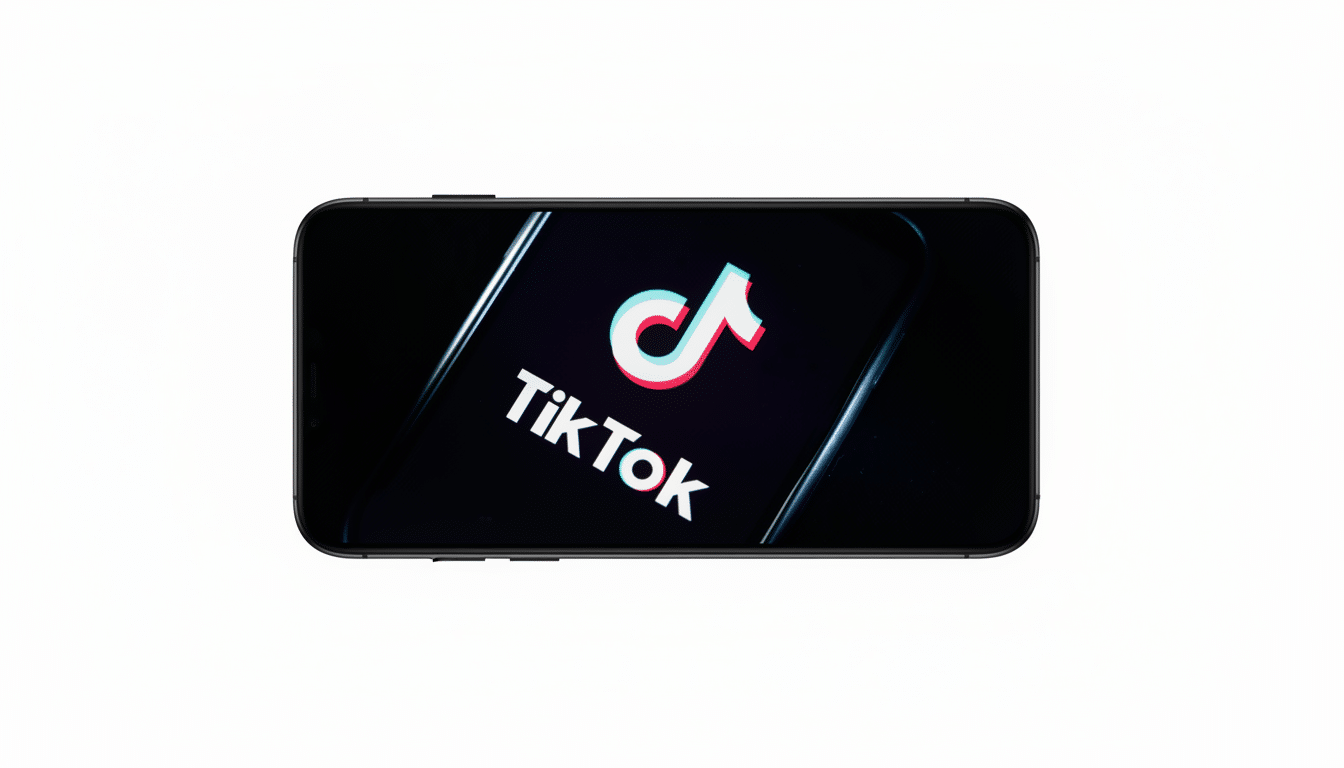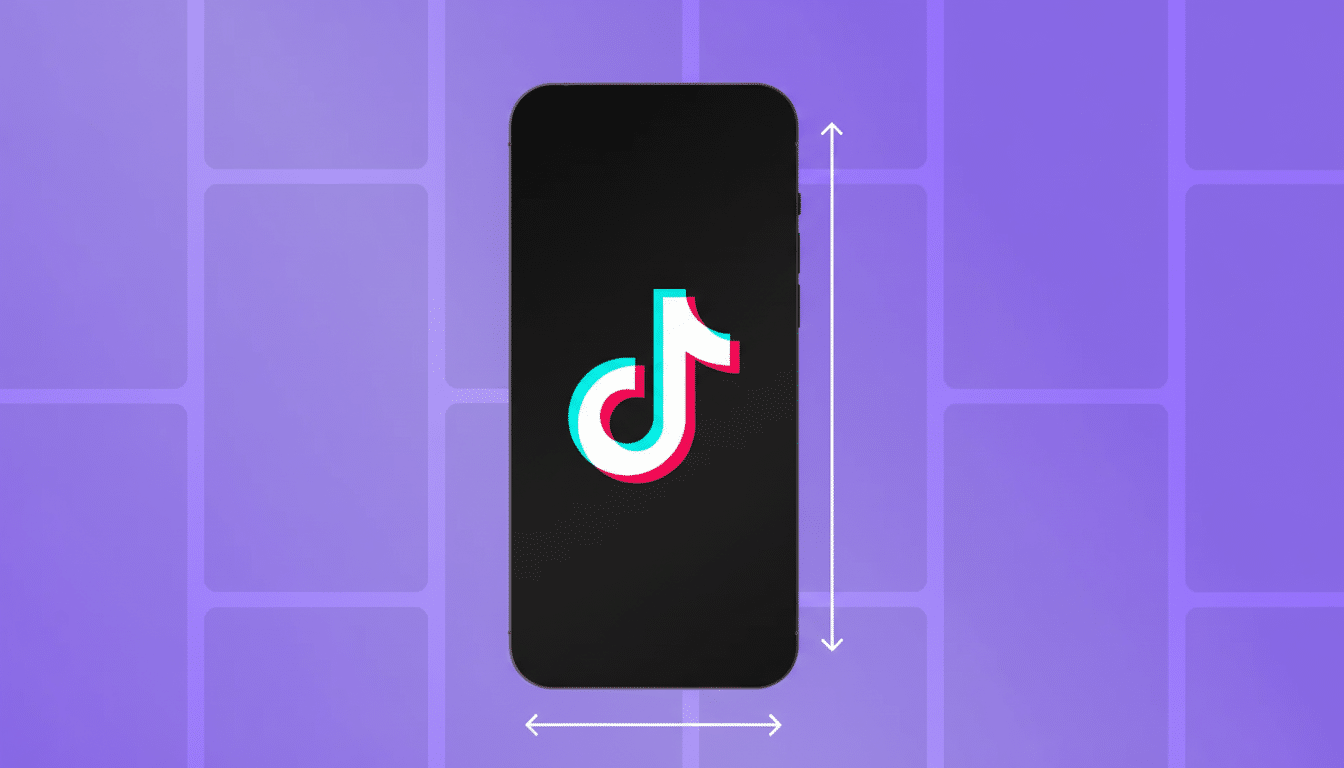TikTok has expanded its direct messaging capabilities to include voice messages of up to 60 seconds and the ability to send photos and videos, the company announced as it continues to build out its in‑app social applications. It will be rolling out over the next few weeks, and it brings the service closer to parity with other social apps that already offer the feature of sending an audio message.
Chat participants will be able to record short audios within a chat and send photos or short videos either by making new media recordings using the camera or selecting the files from their device. TikTok even allows senders to perform simple editing on photos and videos they want to share, with tools to crop and annotate content before it is sent.

The company said it has implemented restrictions around some of these first‑contact interactions: A photo or video cannot be sent as the first message request from someone who has never messaged the recipient before. In such cases, only video that you have already posted on TikTok can be shared, not footage that you are capturing in the moment.
TikTok is framing the additions as a way to enrich self‑expression among users and to encourage more regular dialogue between them, especially younger TikTok users who have popularized voice messaging. Members of Gen Z, in particular, have been shown to increasingly favor voice notes, which they appreciate for their immediacy and their tone (NPR reported in).

Safety controls come with new additions. The ability to send direct messages is already limited for users younger than 16, and the service said it would add extra protections for users ages 16 to 17. Automation systems will try to block images with nudity, so that the sender can’t send and the recipient can’t view them. Adults can choose to modify this safety setting on their account preferences.
For over a year, TikTok has been slowly improving its messaging product. Newer additions include group chats that include up to 32 people and Creator Chat Rooms, designed to let creators and their followers engage in discussions.
The company declined to share specific adoption projections or metrics related to the new messaging features. The changes are part of a larger industry trend toward social platform companies investing in richer private communication to increase app time spent and deepen user engagement.

